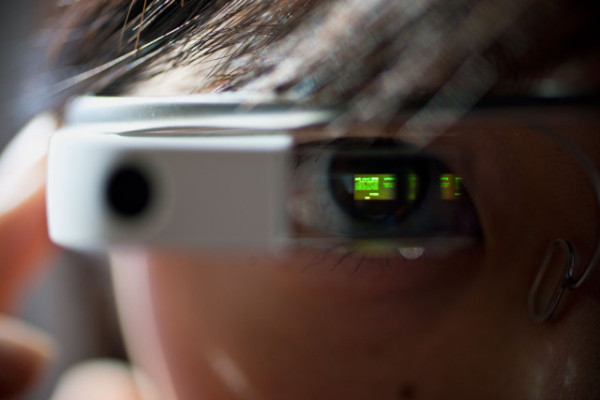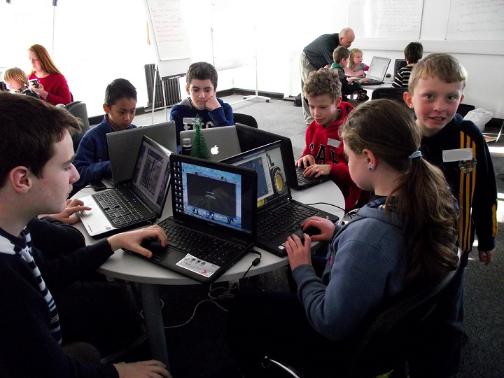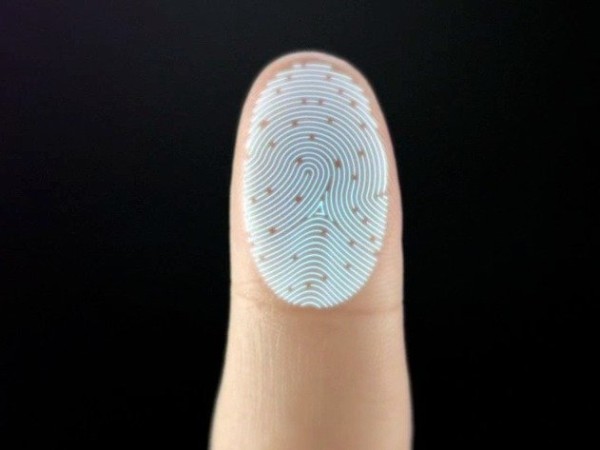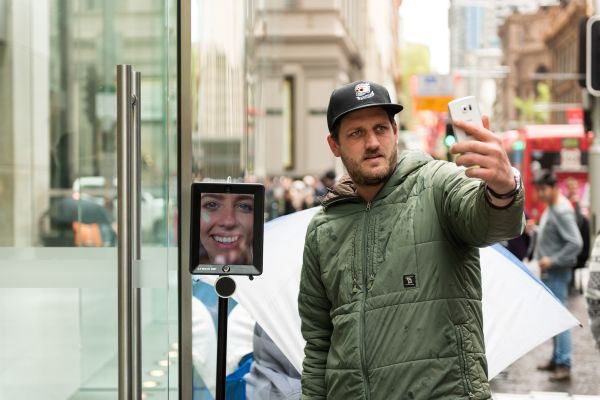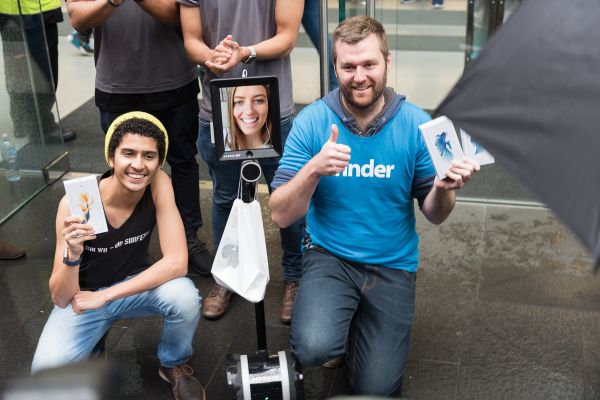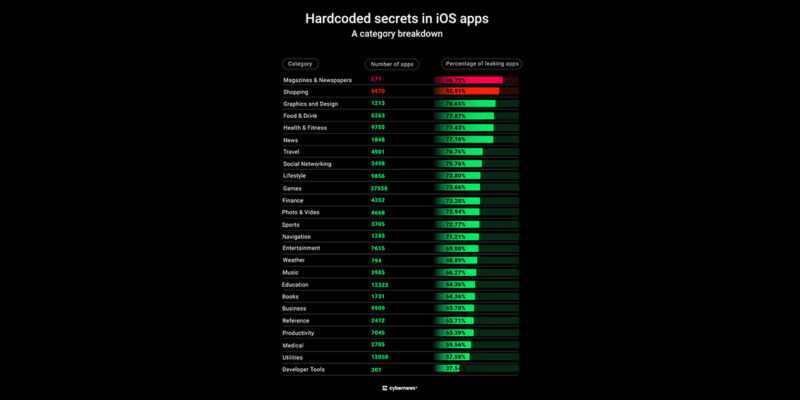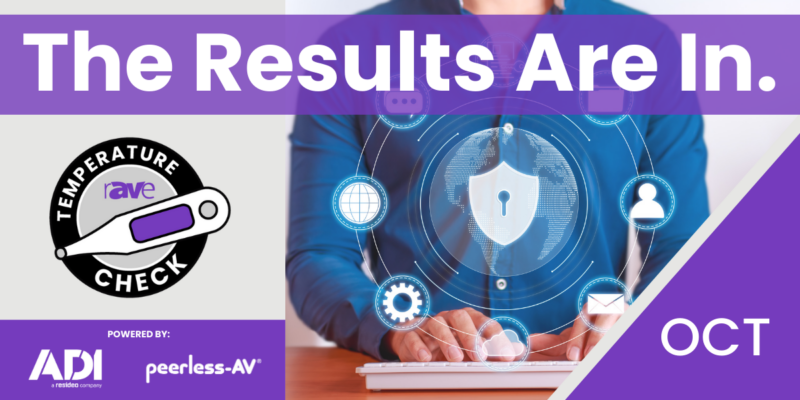Convergent TechWeek 9/25
IoT Continues to Open Pandora’s Box
According to a PricewaterhouseCooper’s report (from October 2014), more than 20 percent of U.S. adults own at least one wearable, and soon we’ll be using them at home and work for a variety of purposes, with as many as 50 billion new connected devices by 2020.
The Internet of Things has of course already reshaped the way we live our lives from the Smart home to the Amazon Dash button, offering new practical and convenient capabilities that may not have been imagined only several years back.
However along with certain technology advancements, there comes the double-edged sword of cybersecurity. In this case, it’s the data that’s captured and transmitted, and it’s unlikely that most have a real grasp of how revealing, comprehensive and risky that information can be. The dilemma here with wearable tech is the paradox created, where in order to truly unlock the potential, unrestrained access to a lot of one’s personal data has to be given. With this, the risk to one’s privacy and identity is potentially concerning.
Wearables in most cases link to one’s mobile device over Bluetooth (wirelessly sending and receiving data between wearable device and smartphone), and typically collects only a small amount of data. The weak link considered by the writer to which I agree is the smartphone itself where data is stored and synthesized from multiple sources, making it a prime target for hackers.
According to the writer Gary Davis, Crunch Network Contributor, the key to widespread adoption of wearables is ensuring security is built in from the beginning instead of being an afterthought. Agreed.
TechCrunch: Wearables: A Pandora’s Box For Security?
Also see Good Technology: Embracing the Era of Wearables
Brain Control in the Smart Home
A researcher from Gazi University in Turkey and her team are currently working on creating a special kind of smart home, one that can be controlled using thoughts.
Eda Akman Aydin and her team have undertaken a project based on an EEG cap that can detect a specific brain wave activity named P300, which is associated with performing tasks. The team gathered five volunteers and showed them a series of images depicting several smart home tasks. The volunteers were asked to think about what task they wanted to complete, such as turning on a TV or an appliance.
Success? Actually yes, as all of the volunteers were reportedly able to control several smart home aspects using the power of mind control. It was also reported that the system was able to detect the correct P300 signal with a 95% accuracy after just five flashes of the same image, and two of the test subjects reported a 100% success rate.
Takeshi Ogawa, with the Advanced Telecommunication Research Institute in Kyoto, Japan is currently working on another more intricate solution to control a home using thoughts called functional near-infrared spectroscopy, which measures light as it passes through blood vessels in order to determine what areas of the brain are using oxygen at a given time. His system currently responds to input with a 20-second delay due to the fact that these changes in blood to the brain don’t happen instantly. With a success rate of 80% though, this alternative hands-free home system is certainly promising.
eTeknix: Researchers Are Working on a Smart Home That You Can Control with Your Mind
Should Coding Be Mandatory for Every Schoolchild?
With the reputation of being a tech powerhouse country, built on companies like Nokia and Supercell as well as becoming a booming startup scene, Finland will become one of the first countries in the world to make learning programming compulsory for schoolchildren between seven and 16 as starting from autumn 2016. Students in first to ninth grades will learn the basics of programming along with wider digital skills.
“Programming or computing won’t be its own subject, instead it will be integrated into other subjects,” says Thomas Vikberg, counsellor of education at the Finnish Ministry of Education and Culture. “The idea is to give pupils an understanding of how computer programmes are created and how they work… This is needed to drive critical and creative thinking as computer programmes have an increasingly significant part to play in the society today.”
Vikberg notes every school will have a different approach to how programming will be taught as the Finnish education system is highly decentralized. While the national curriculum outlines education goals, the schools themselves decide how the curriculum is implemented. Individual teachers will also have autonomy over how they teach different topics and, in some schools, teachers have already included coding in their own classes.
ZDNet: Building a digital future: Should coding be mandatory for every schoolchild?
Commercial Airlines Adopting NASA Software to Save Fuel, Time
Virgin America and Alaska Airlines are adopting NASA technology to improve fuel consumption rates and efficiency in the air.
It was announced on Tuesday that the adoption of NASA’s Traffic Aware Planner (TAP) application will help carriers make “traffic aware strategic aircrew requests” (TASAR), allowing for changes to route plans in real-time to make flying more efficient and save on fuel. TAP connects directly to a plane’s avionics information hub, where the software is able to read the position and altitude of the craft, planned flight route and other data. NASA’s software then actively searches for a better route or altitude changes which could save both fuel and time, before sending these suggestions to the flight crew.
The software can also connect to the plane’s Automatic Dependent Surveillance-Broadcast (ADS-B) receiver and scan the ADS-B signals of nearby air traffic to alert crew to potential collisions or conflicts in proposed flight changes. This, in turn, gives air traffic controllers a better idea of what is happening in the sky and data in which to either accept or deny a pilot’s route change request.
David Wing, TASAR project lead at NASA’s Langley Research Center in Hampton, Virginia stated: “The system is meant to help pilots make better route requests that air traffic controllers can more often approve. This should help pilots and controllers work more effectively together and reduce workload on both sides from un-approvable requests.
ZDNet: Airlines adopt NASA tech to save fuel, time
5.6 Million Fingerprints Stolen From the US Government in Massive April Breach
In a statement Wednesday, US officials said that some 5.6 million fingerprints were also included in the massive April breach that affected the Defense Department’s Office of Personnel Management. The OPM had previously (and highly erroneously) reported that only 1.1 million fingerprints were stolen.
In June, the OPM discovered that some 19.7 million individuals who had applied for a background check had their Social Security number (SSN) stolen along with their full name and home address. An additional 1.8 million people who did not apply for a job, but were related to someone subjected to a background check – primarily as that person’s spouse or co-habitant – also had their SSN stolen. In total, the security breach affected some 21.5 million individuals.
Unnerving? “Depending on whose hands the fingerprints come into, they could be used for criminal or counterintelligence purposes. For instance, they could be trafficked on the black market for profit or used to reveal the true identities of undercover officials,” the July press release about the hack reads. “Also a concern is that biometric data such as fingerprints cannot be reissued—unlike other identifying information such as Social Security numbers. This could make recovery from the breach more challenging for some.”
We are talking about the U.S. Government – right?
Tech Insider: Hackers stole 5.6 million fingerprints from the US government
Be a Robot, Buy an iPhone
OK now someone’s talking our language…
Apple devotees waited in the cold and rain outside the company’s flagship store on London’s Regent Street to be among the first to get their hands on the new iPhone 6s and 6s Plus. One in the form of a telepresence robot.
Atomic 212’s marketing communications manager Lucy Kelly used her company’s Double Robotics Double telepresence robot to circumvent the inclement weather others on the long line were suffering under in their wait for the release of the new iPhone 6s.
“I want an updated version of the iPhone but I wasn’t going to wait in the cold and rain to get one,” Kelly told the Daily Telegraph as news of the robot spread through global media. Inadvertently summoning images of cyborgs and Skynet for others on line as well as people seeing this in online publications and social media, Kelly added:
“I want to be the first robot to buy an iPhone.”
Mission accomplished.
Here it is on Twitter:
Why queue for the new iPhone when you can send a robot instead? http://t.co/wBT2Is9kjS http://t.co/QomdJV0QeM
— Sky News (@SkyNews) September 25, 2015
AdNews: Atomic 212’s robot makes global news – set to benefit clients too



